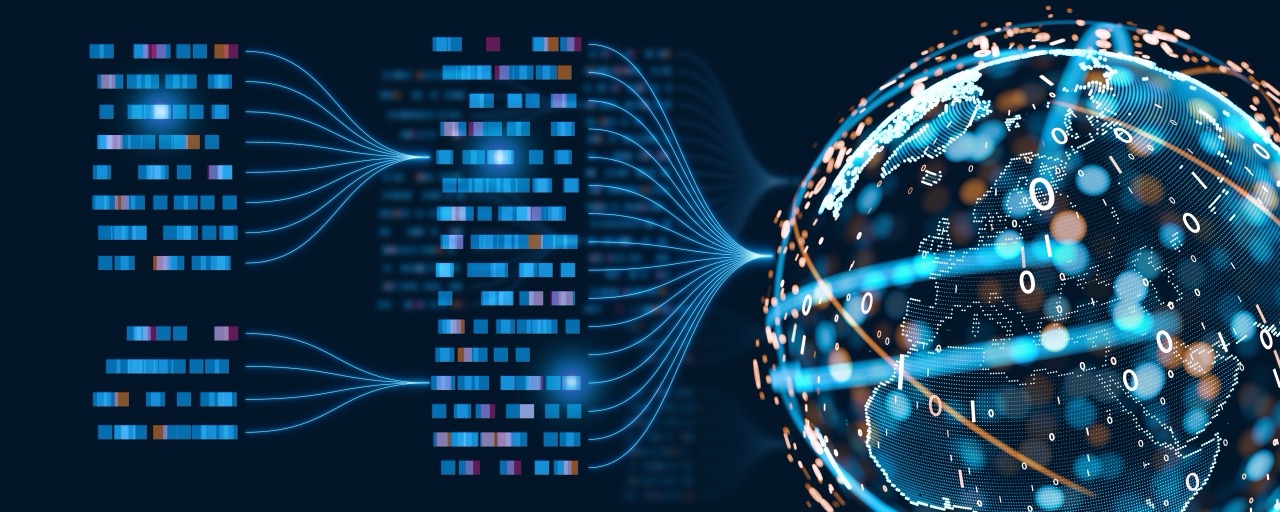American leadership at Kananaskis
The G7 was created in a time of crisis and has historically been most effective when it mobilises its members – Britain, Canada, France, Germany, Italy, Japan and the United States plus the European Union – in response to urgent global challenges. Success at such summits often hinges on clear US leadership.
Canada is hosting the 51st G7 summit in Kananaskis, Alberta, the same mountain village where former prime minister Jean Chrétien convened the 2002 summit following the 11 September terrorist attacks on the United States the year before. That meeting helped launch the US-led Transport Security Initiative, raising global screening standards for cargo and travellers. The resulting cooperation aided economic recovery and improved security across G7 members and beyond.
A united front
At this year’s Kananaskis Summit, US president Donald Trump could again rally G7 partners in response to mounting crises, thus reinforcing unity and resolve towards China and other adversaries.
China dominates the processing of rare earths and other critical minerals vital for military and advanced technologies such as semiconductors, artificial intelligence and quantum computing. It has already banned exports of antimony, germanium and gallium in retaliation against US tariffs. During his first term, Trump identified this as a national security threat. At Kananaskis, he could spearhead a coordinated strategy to expand G7 investment in exploration, mining and processing to reduce dependence on China and to secure G7 and others’ supply chains.
On defence, Canada, Italy and Japan remain below the North Atlantic Treaty Organization’s benchmark of spending 2% of gross domestic product on defence. Canada and Italy will face renewed pressure at the NATO summit from 24–26 June in The Hague. The G7 meeting on 15–17 June allows the US to reinforce the importance of increased spending by all allies, including non-NATO members such as Japan.
As for energy, Trump’s executive order on 20 January to expand American energy production could be complemented by support for Canadian energy exports. Although most Canadian oil and gas currently flows to the US, Japan and several European G7 countries have expressed interest in importing liquefied natural gas, oil and nuclear fuel from Canada. Inadequate infrastructure has hindered exports to these markets. Trump’s 10% tariff on Canadian energy to the US could incentivise diversification. At Kananaskis, the G7 could launch joint efforts to develop Canadian export capacity, expanding global energy security.
Immigration has long been a Trump priority. With over 140 million stateless and displaced people worldwide, G7 members are revisiting their immigration policies. Canada is facing record-low public support for immigration. The US could lead efforts to forge a G7 consensus that emphasizes coordinated screening, orderly migration and repatriation as standard practice.
Adaptive economic measures
The US has led globally in using economic sanctions to deter adversaries. Yet without coordination, bad actors exploit loopholes by rerouting goods, funds or personnel through non-participating countries. At Kananaskis, the US could push for stronger G7 alignment on sanctions, including enforcement and compliance. This would tighten pressure on China, Russia, Iran and North Korea, and perhaps temper divergent approaches – such as recent European calls to sanction Israel.
New US tariffs announced since 20 January have jolted global markets. However, Trump’s targeted tariffs on China have found support among G7 partners. Recent moves to lift tariffs on goods that meet the origin rules set out in the United States-Mexico-Canada Agreement demonstrate the Trump administration’s continued support for negotiated trade deals. The UK, the EU and Japan have each pursued bilateral deals with Washington, but with limited success. Reviving these talks could lay the groundwork for a broader agreement – a potential ‘Trump Round’ to reform the World Trade Organization, which stalled after the Doha Round’s collapse
in 2017.
Across each of these agenda items, meaningful progress requires US initiative. The Trump administration could use the Kananaskis Summit to align global partners on national security and economic goals, paving the way for concrete achievements. This groundwork could culminate in 2027, when the United States hosts the G7 once again.












